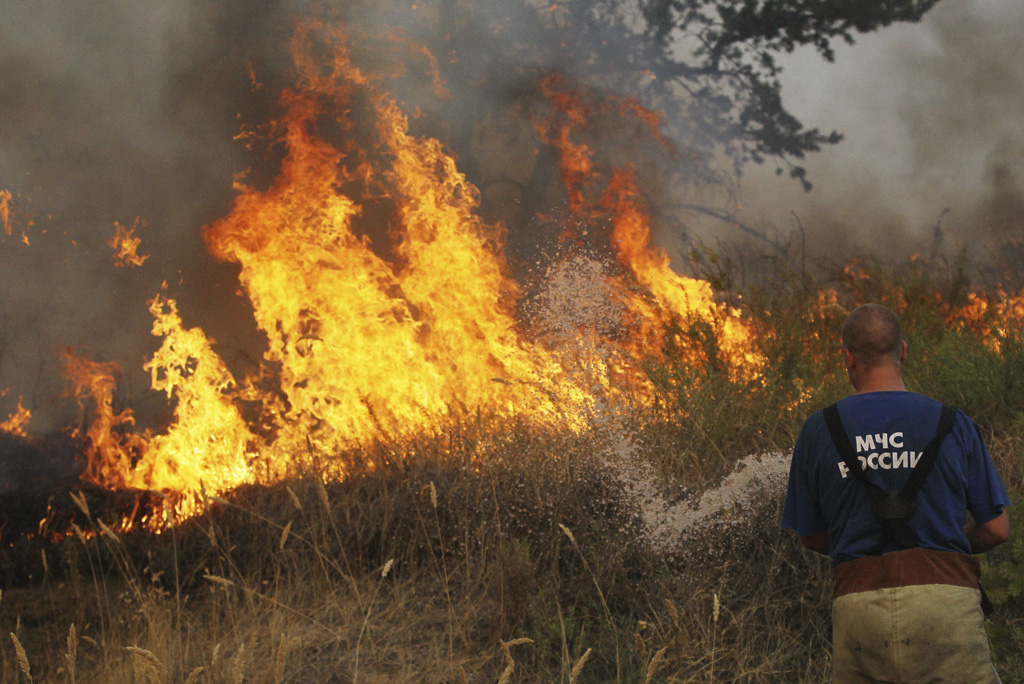WA BAL Report are experts in conducting bushfire attack level assessments and bushfire attack level reports for those living in bushfire-prone areas. However, WA BAL Report also provide specialist advice on bushfires and bushfire prevention generally. Today, WA BAL Report discusses the Keetch-Byram Drought Index (KBDI), which can be used to measure the level of soil moisture, a key element in the flammability of vegetation.
Drought is a prolonged, abnormally dry period when the amount of available water is insufficient to meet normal use. Consistently high temperatures add to creating drought conditions since there is an increase in the evaporation of soil moisture. The KBDI is a numerical value given based on the dryness of the top layer of soils, deep forest litter, logs and living vegetation.
The KBDI is expressed as a scale from 0-200, with the number representing the amount of rainfall (in millimeters) required to return the soil to saturation. The index is calculated using the areas mean annual rainfall, maximum daily temperature, previous 24 hours’ rainfall and the previous day’s drought index value. The rate of moisture removal by vegetation is related to the mean annual rainfall. The rate increases with increasing annual rainfall and vice versa. For forested areas, the rate of moisture loss depends on the vegetation cover and its transpiration capacity.
The KBDI considers the ability to absorb water of the soil to a depth of 20cm. The rate of moisture loss is determined by evapotranspiration relations and is exponential over time. The lowest soil moisture value above which vegetation has the capacity to access moisture for transpiration is called the wilting point. The KBDI uses the wilting point as the lowest soil moisture level with the rate of moisture loss (under similar conditions) directly proportional to the amount of water available in the soil for transpiration at a given time.
The KBDI gives fire managers a guide as to the flammability of organic material on and within soil surface that can impact their ability to suppress bushfires. The KBDI’s usefulness depends on the type and structure of the fuel. In areas of heavy forest fuels, it is important to know when rainfall deficits start to affect fuel moisture.
For more information
WA BAL Report are experts at conducting Bushfire Attack Level Assessments, Bushfire Attack Level Reports and bushfire prevention strategies in general in Perth and Western Australia. For more information, contact our friendly staff on 08 6114 9356 or at admin@wabalreport.com.au.
Thank you for visiting www.wabalreport.com.au

